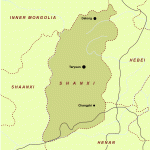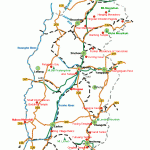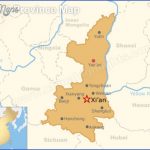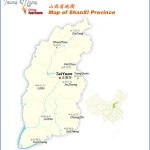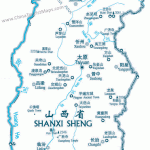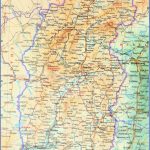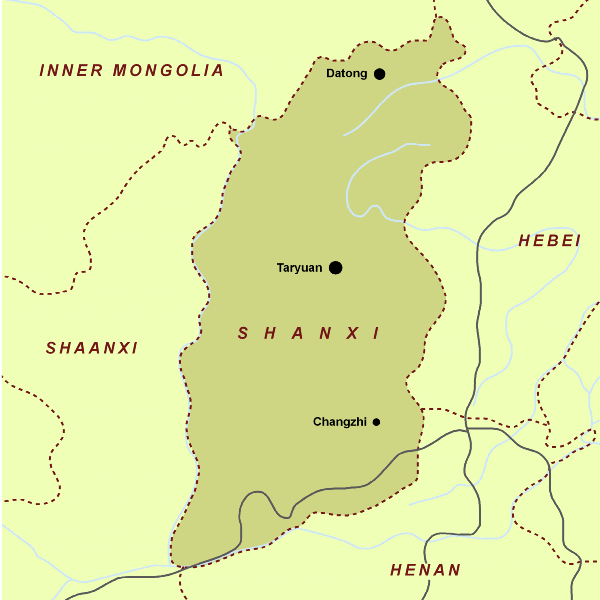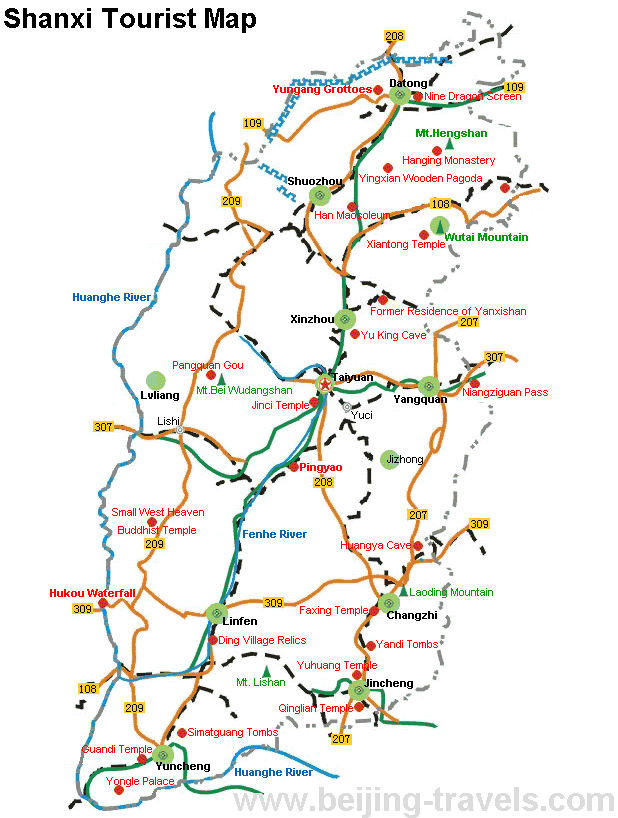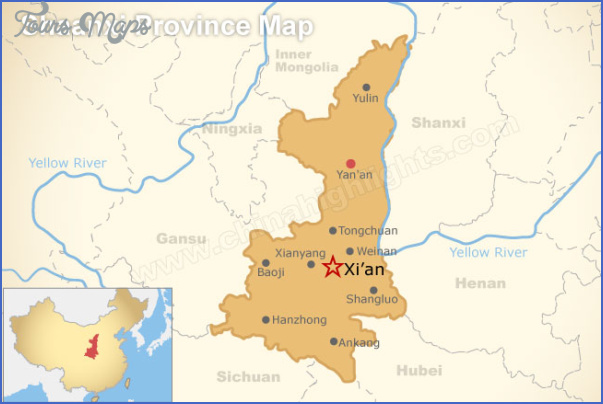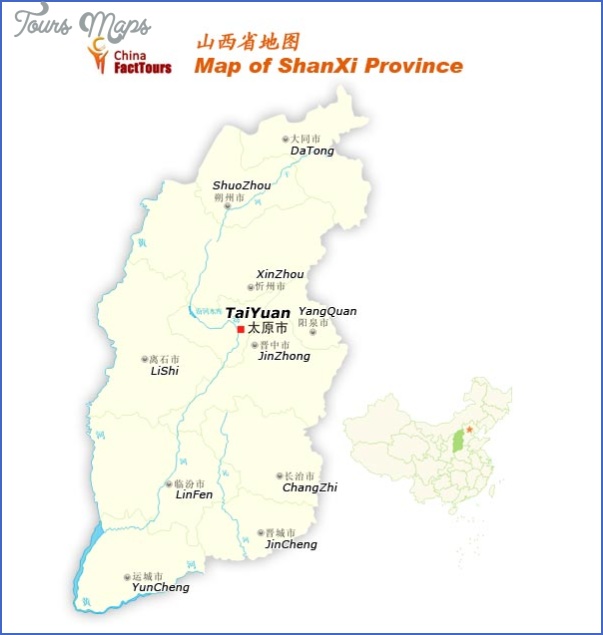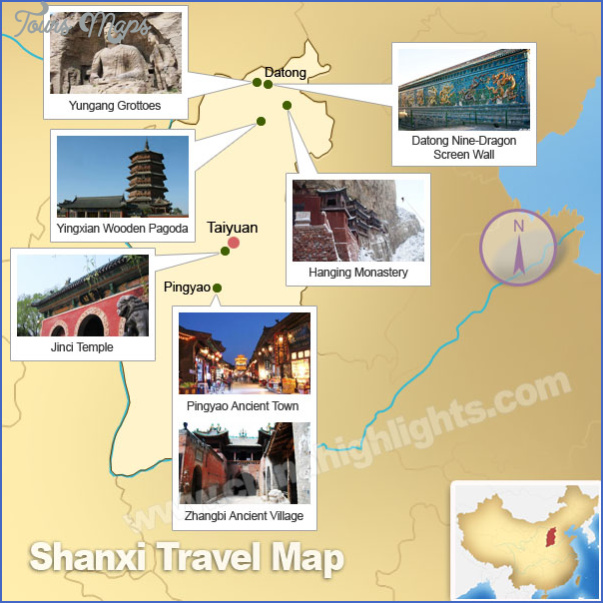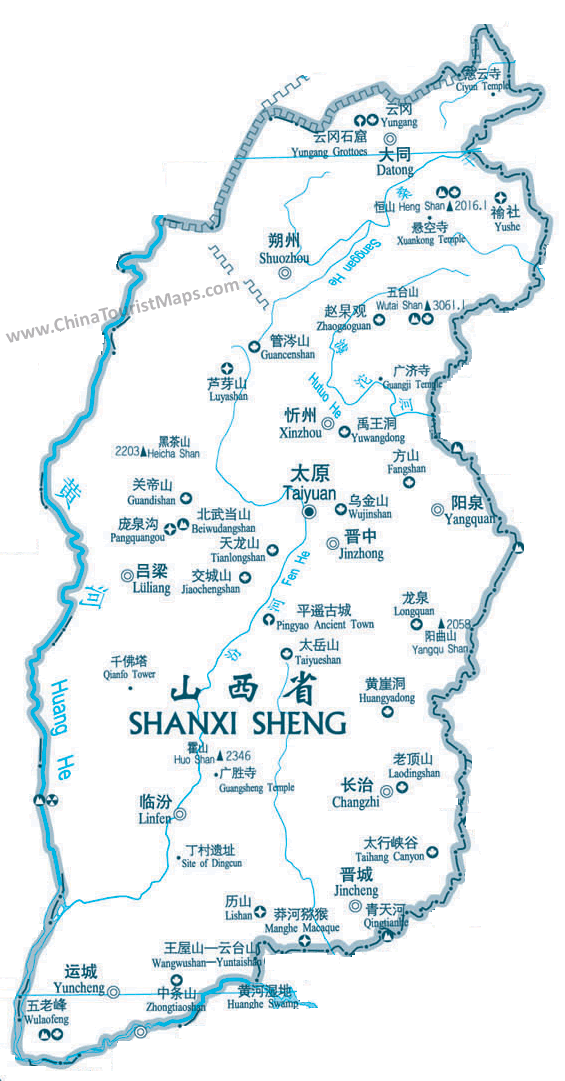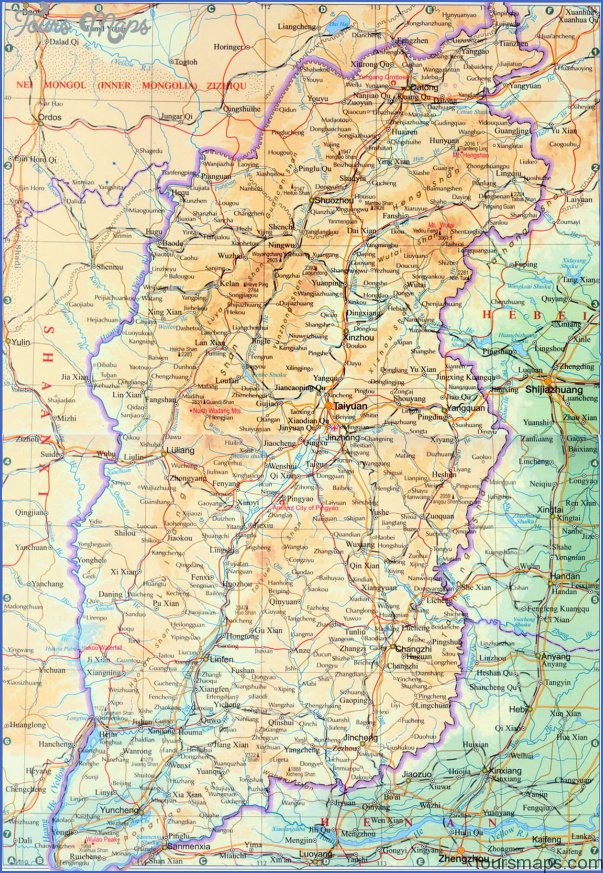Province
Area: 156,OOOsq.km/60,216sq. miles Population: 28,420,000. Capital: Taiyuan
The province of Shanxi is situated in the north of China between 110°15′ 114°32’E and 34°35′-40°45’N. It is bordered in the west by the province of Shaanxi and in the centre by the Huanghe; in the north the Great Wall separates it from Inner Mongolia, and in the south lies the province of Henan. In the east the western mountain ranges of the Taihangshan w’r ich reach heights of from 1500m/4921ft to 1850m/60,698ft form the border.
The greater part of the Shanxi plateau lies at over 1000m/3281ft and is covered by a massive loess layer some 100m/328ft thick. It is only plateaulike in character in the western part, otherwise it is heavily structured by several mountain ranges-the Wutaishan 3058m/10,033ft, the Luliangshan 2831m/9288ft, the Zhongtiashan 2359m/7739ft, the Taiyueshan 2347m/7700ft, the Hengshan 2017m/6617ft – and basins (some at only 300m/984ft).The River Fenhe flows through a valley from north to south; in parts it broadens into a basin.
Shanxi has a predominantly continental climate, influenced by monsoons; Climate the winters are cold, the summers not very hot. The average temperature is
Shanxi can look back over a long and turbulent history. Because of its strategically important position the district was always a guarantor of power for the kingdoms of central Asia – the Jin (265-420), the Northern Wei (386-534) and the Northern Qi. Liu Yuan, the founder of the Tang dynasty, overran the Sui dynasty from Taiyuan. The foundation of the province dates from the 14th c.
Shanxi is the leading Chinese province for coalmining; also mined here are iron, titanium, vanadium, silver, zinc and copper ores. Apart from iron-ore smelting important branches of industry include engineering, cotton manufacture, and chemical and food production. Arable farming is mainly based in the Fenhe valley, in the centre ofthe Shanxi basin, and in theXin Xian basin, its success depending on artificial irrigation. Crops include grain (wheat, millet, maize), soya beans, cotton, hemp, sugar-beet, tobacco and groundnuts. Cattle, donkeys, and mules are kept as draught animals,
The province owes its considerable number of architectural monuments, in particularthose around Datong andTaiyun (see entries) to its long history.
Shanxi Map Photo Gallery
Maybe You Like Them Too
- The Best Cities To Visit in The World
- World’s 10 Best Places To Visit
- Coolest Countries in the World to Visit
- Travel to Santorini, Greece
- Map of Barbados – Holiday in Barbados

